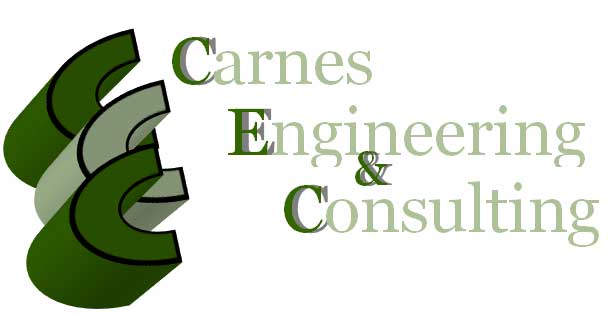On-Site Sewage Disposal System Design for Modular Homes: Ensuring Compliance and Efficiency
When it comes to setting up modular homes, one of the critical considerations is designing an efficient and compliant on-site sewage disposal system. Whether you’re building a new home or upgrading an existing system, it’s essential to follow the applicable county or State of Nevada regulations to ensure your system operates smoothly and meets all legal requirements.
Why On-Site Sewage Disposal Systems Matter
For modular homes, particularly those located in rural or off-grid areas, an on-site sewage disposal system is crucial for managing wastewater. Unlike urban areas connected to centralized sewer systems, modular homes often rely on septic systems to treat and dispose of household wastewater safely. Properly designed systems help prevent environmental contamination and protect public health.
Comprehensive Design and Planning
The design and planning of on-site sewage disposal systems should be tailored to the specific needs of your property. Every location has unique characteristics such as soil type, terrain, and proximity to water sources, which must be considered when designing a sewage disposal system.
Professional designers will ensure that your plans comply with all relevant county or State of Nevada regulations. This includes conducting soil tests, evaluating water tables, and determining the best type of system—whether a standard or engineered system is appropriate for your site. Proper design minimizes the risk of system failure and ensures long-term functionality.
Standard and Engineered System Designs
Depending on your property’s specific requirements, you may need a standard or an engineered on-site sewage disposal system. Standard systems are suitable for properties with favorable conditions, such as well-draining soils and adequate space. However, if your property has challenging conditions, such as high water tables or poor soil drainage, an engineered system may be required.
Engineered systems are custom-designed to overcome site-specific challenges, often incorporating advanced technologies or alternative designs to ensure effective wastewater treatment and disposal. These systems require careful planning and expert knowledge to meet both environmental standards and regulatory requirements.
Variance Applications and Hearing Attendance
In some cases, your property might require a variance from standard regulatory requirements. This could be due to unique site conditions or specific design needs that don’t fit within typical guidelines. Applying for a variance involves presenting your case to local authorities, and it can be a complex process. Professional assistance in preparing variance applications and attending hearings can significantly increase your chances of approval, ensuring that your project moves forward without unnecessary delays.
Permitting Assistance
Obtaining the necessary permits is a critical step in the design and installation of an on-site sewage disposal system. Navigating the permitting process can be challenging, especially if you’re unfamiliar with local regulations. Experts can provide permitting assistance to streamline this process, ensuring that all paperwork is completed accurately and submitted on time. This helps avoid costly delays and ensures that your modular home’s sewage system is installed in compliance with all legal requirements.
Conclusion
Designing an on-site sewage disposal system for modular homes requires careful planning and adherence to local regulations. Whether you’re dealing with standard systems or need a custom-engineered solution, professional design services can help ensure your system is efficient, compliant, and tailored to your property’s specific needs. With the right support, including variance applications and permitting assistance, you can navigate the complexities of sewage disposal system design with confidence.

